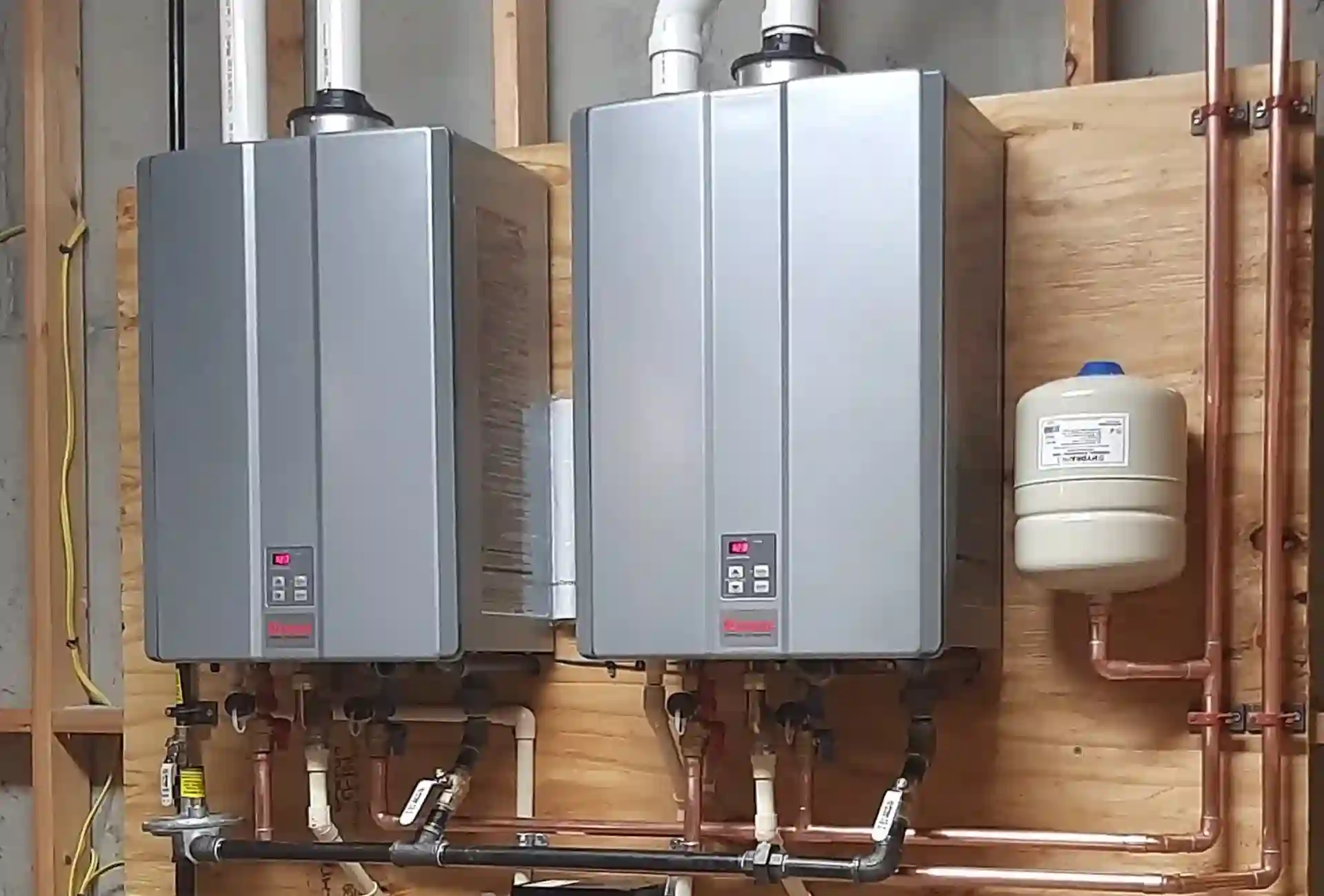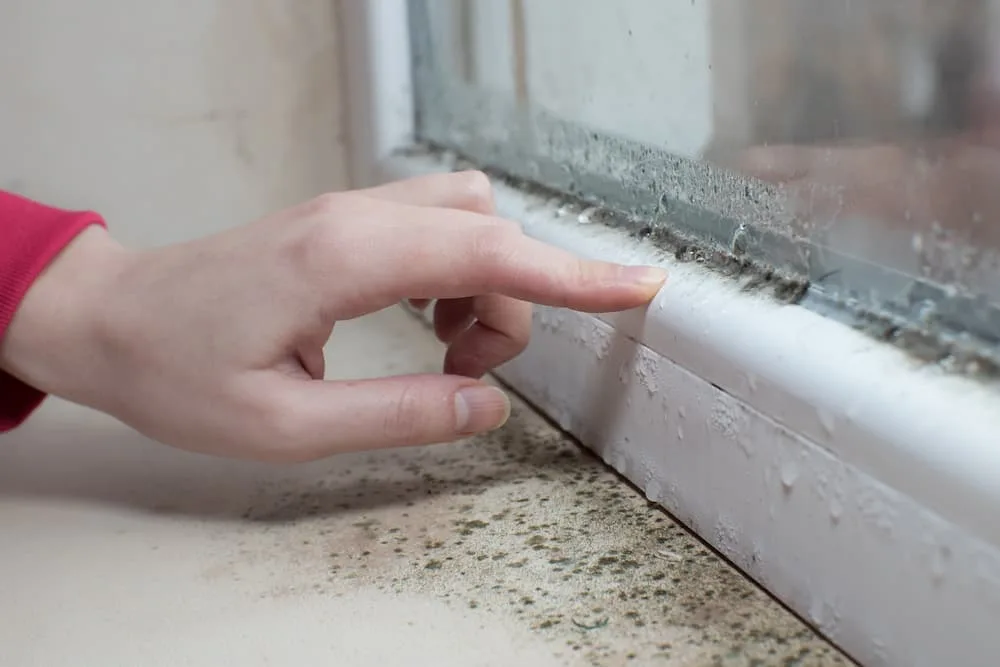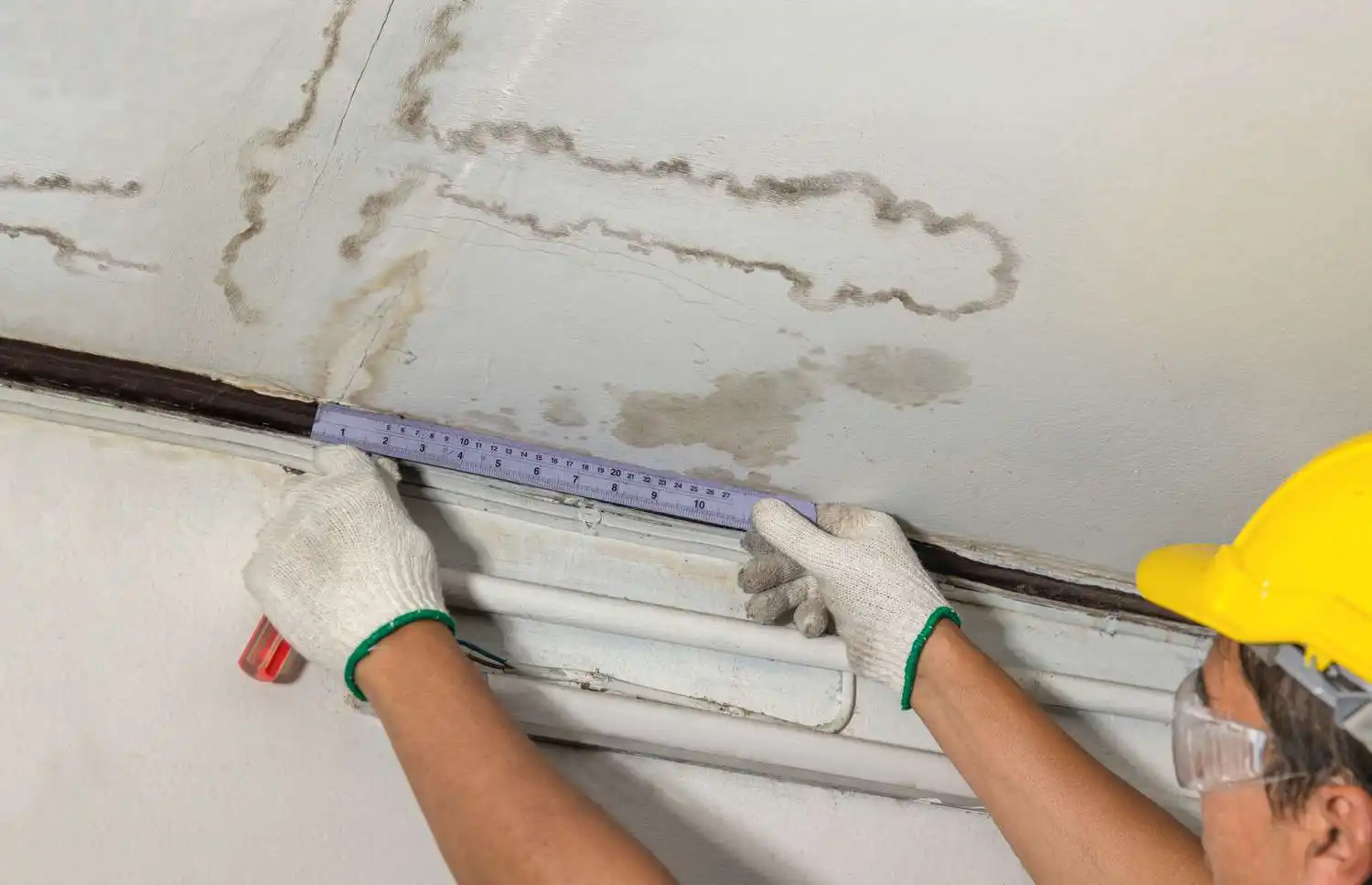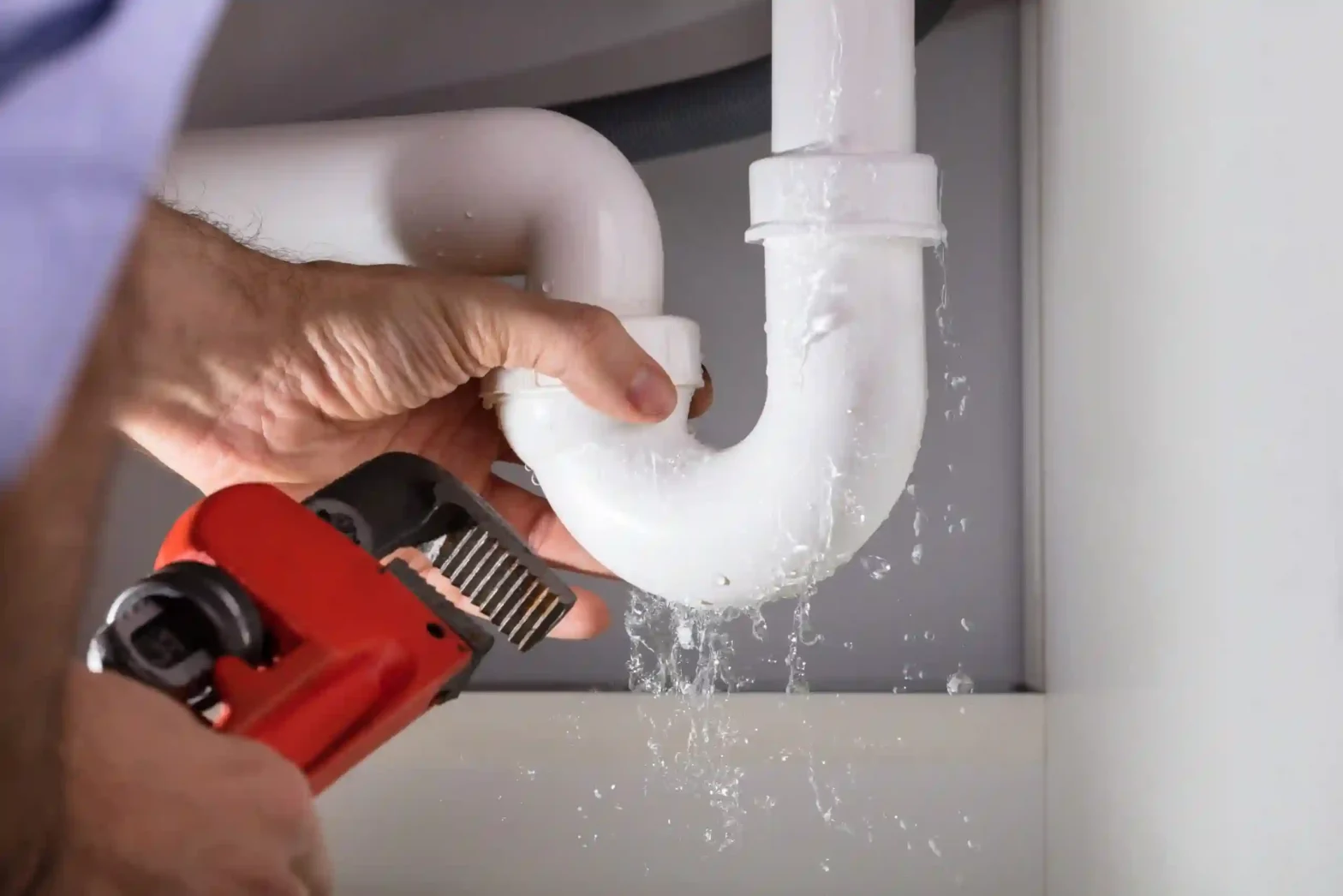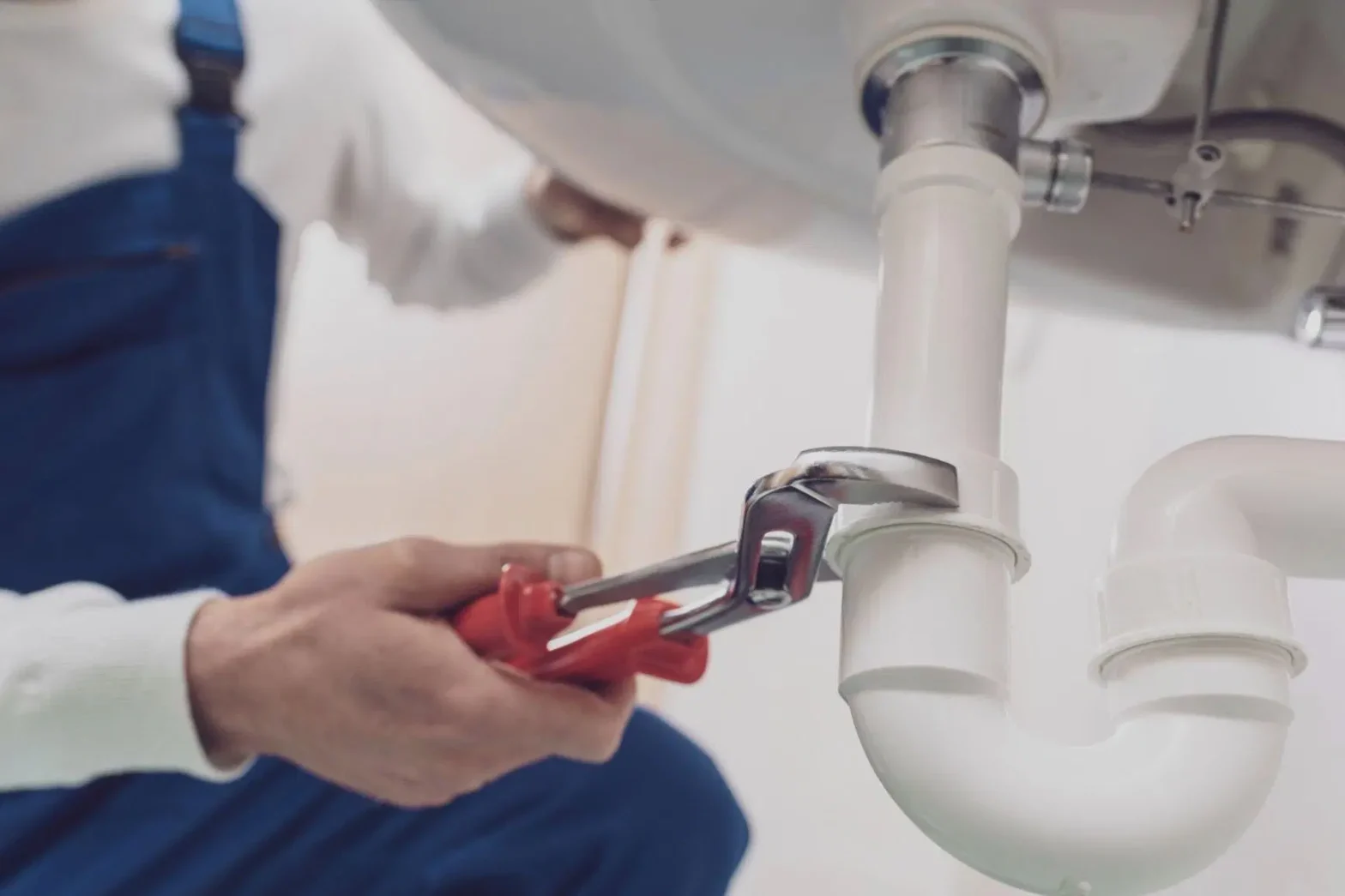Tankless vs Traditional Water Heaters: Pros and Cons
Deciding between a tankless water heating system and a storage-tank model can seem overwhelming until you align each choice with your home, budget, and daily routines. This straightforward, jargon-free comparison highlights key features to help you understand how they work, what they cost, and what it’s really like to live with each.
How Each Type Works
Tankless (on-demand) – Activates only when a tap opens. Cold water flows through a heat exchanger and exits hot; when the flow stops, the burner or elements shut off. With no tank keeping water hot all day, idle energy use is trimmed. The main variations are fuel source and required input power.
Traditional storage tank – Heats and holds a set volume (commonly 30 to 80 gallons) and reheats as it’s used down. It’s a simple and familiar design, but some heat escapes during standby.
Tankless: Advantages and Trade-Offs
Efficiency is the big draw. By eliminating standby losses, many gas models reach excellent ratings, and smaller households often see the best savings. Correctly sized, you also get the benefit of continuous hot water for back-to-back showers. Wall mounting saves floor space, and with routine service, systems can run 18–20 years. Newer options include app control, built-in recirculation modes, and leak alerts.
Trade-offs include installation complexity and maintenance. Expect a higher upfront cost, especially if you need a larger gas line, new venting, or added electrical capacity. Output is limited by flow rate and temperature rise, so running multiple fixtures at once on a cold morning can stretch capacity if the unit is undersized. If you live in a hard-water region, plan on annual descaling to protect efficiency and warranty.
Traditional Tank: Advantages and Trade-Offs
Budget-friendly path with straightforward install. Replace an old tank with a new one, and it’s often a quick job. The stored volume can typically manage several fixtures at once without throttling flow. For many families, that’s a real plus.
The downsides are no secret: standby energy loss, a finite supply that can run cold until reheated, and a shorter lifespan, often 8 to 12 years. Conventional water heater tanks also occupy floor space and, as they age, have a higher leak risk. Adding a drain pan and leak alarm is wise insurance.
Recommended reading: Subtle Signs Your Water Heater System is Not Efficient
Cost: Day-One Price vs Long-Term Spend
Conventional water heater tanks usually win the purchase and installation battle. Tankless projects often have a higher day-one price tag due to fuel and venting upgrades. Over time, the on-demand approach can lower utility bills by trimming wasted heat and narrowing that initial gap, especially in homes with intermittent hot-water use. Check local rebates for high-efficiency equipment. Incentives can tip the math.
Sizing That Fits Your Lifestyle
Tankless water heaters are sized by gallons per minute at a given temperature rise. Make a quick list of what runs at the same time, say two showers and a sink, and pick a unit that covers that combined demand, keeping in mind colder incoming water needs more power. Tanks are sized by capacity and recovery rate. Large tubs, multi-head showers, or frequent laundry cycles may push you toward a bigger tank or one with faster recovery.
Installation Factors You Shouldn’t Ignore
- Gas supply and venting: Many tankless water heater units need larger gas lines and special venting. Plan for professional evaluation.
- Electrical needs: Whole-home electric tankless units can require substantial amperage and multiple breakers.
- Location and code: Clearances, condensate drains for high-efficiency models, seismic straps, and drain pans may be required.
- Recirculation options: If your home has long pipe runs, a recirculation pump can deliver faster hot water to far baths; some tankless models include built-in recirc modes.
Maintenance: What It Takes to Keep Each Running
- Tankless Water Heater: On-demand equipment likes clean heat exchangers. In hard water, technicians circulate a mild descaling solution once a year and clean inlet screens; gas models also benefit from periodic combustion checks.
- Traditional Storage tank: Tanks appreciate a yearly flush to remove sediment, a quick T&P valve test, and an anode rod inspection every 1–3 years. A little attention keeps either type running smoothly and avoids surprise outages.
With proper care and decent water quality, an on-demand unit often outlasts multiple tanks. Tanks are simpler machines, but tend to fail by leaking as they age. For peace of mind, install leak sensors and a drain pan under any model placed indoors. In areas with very high mineral content, conditioning the supply protects both from scale and corrosion.
Comfort, Sustainability, and Space
If you value lower energy use and reclaimed floor space, on-demand is compelling. If you prefer the lowest upfront cost and familiar operation, a tank still makes sense. Both can be configured for comfort: tanks pair well with mixing valves to stretch usable capacity at safe outlet temperatures, while many tankless systems offer programmable recirculation for quicker hot water at distant taps.
Go tankless if space is tight, you plan to stay in the home long enough to capture efficiency savings, and you are comfortable investing more upfront with a commitment to routine service. Choose a traditional tank if you need a fast, economical replacement and want uncomplicated maintenance with readily available parts. In either case, correct sizing and professional installation matter more than brand logos.
Ready to Choose? Call All Star Plumbing
Still weighing the benefits of tankless against traditional water heater tank? Skip the guesswork. All Star Plumbing can size the right system for your home, check gas or electrical capacity, review rebate options, and map out installation details like venting and recirculation. We’ll give you a clear, apples-to-apples quote and honest guidance on long-term operating costs and maintenance.
For a smooth upgrade that delivers dependable hot water and zero surprises, contact All Star Plumbing today to schedule your professional assessment.
FAQs
Q: Do on-demand systems really provide endless hot water?
A: Yes, within the unit’s rated flow. If simultaneous showers and appliances exceed capacity, the outlet temperature can drop. Proper sizing or installing two smaller units in parallel solves this.
Q: Are electric tankless units practical for whole-home service?
A: They can be, but many homes lack the required amperage. Have an electrician confirm panel size and available circuits before you commit to a whole-home electric model.
Q: How often should I service an on-demand unit in hard-water regions?
A: Plan on annual descaling and inlet-filter cleaning. If you have conditioned water, intervals may stretch to every 18–24 months. Follow the manufacturer’s guidance to protect warranty coverage.
Q: What storage-tank size fits a family of four?
A: Fifty gallons works well for many households. Heavy simultaneous use, multi-head showers, or a large soaking tub may justify 66–80 gallons or a mixing valve to extend usable capacity.
Q: Can I use a recirculation pump with a tankless water heater system?
A: Yes. Many models include built-in recirculation or support external pumps. Programming short comfort cycles delivers faster hot water to distant baths without a big energy penalty.


